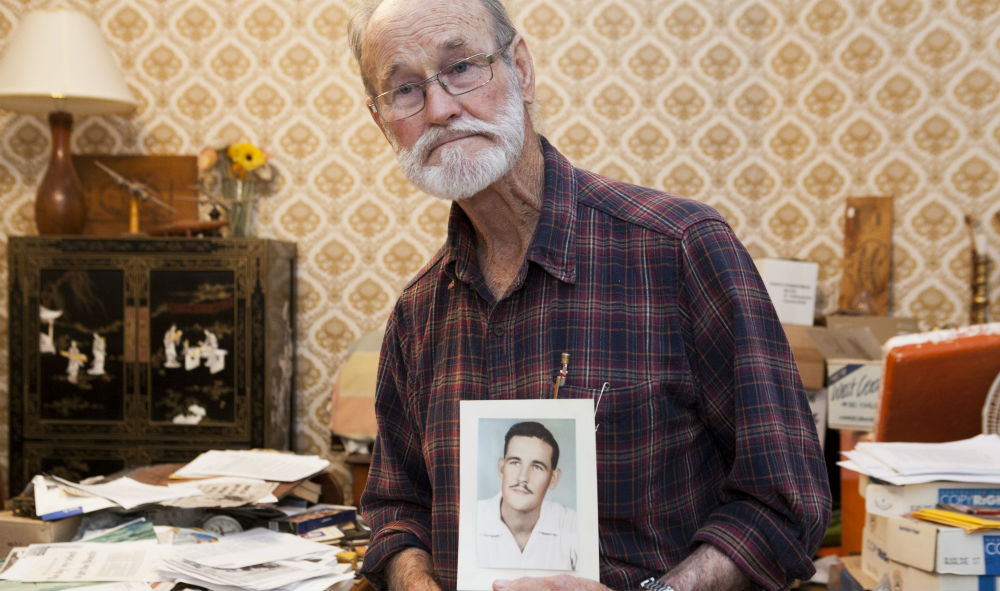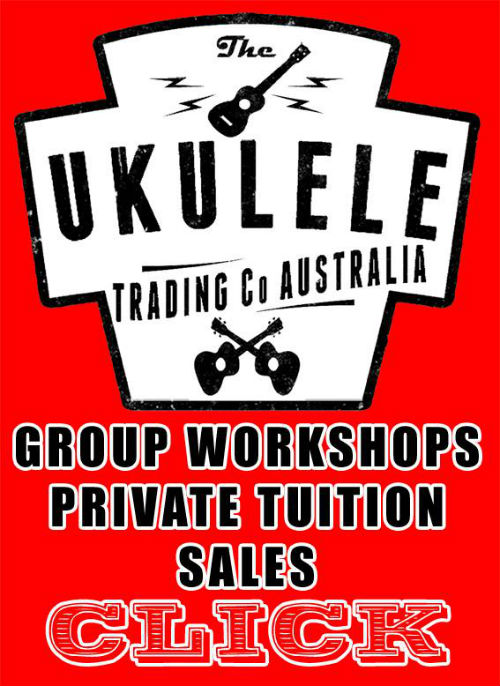by Catherine Blanch.
During the mid-1900s, South Australia’s Maralinga and Western Australia’s Monte Bello were the sites of British-run atomic experiments – with long-lasting and catastrophic effects. Following six decades of cover-ups, Ten Minutes To Midnight aims to share the legacy, impacts, hope and loss following the testings in a two-day photomedia and art installation event across three venues in the mid-north town of Balaklava.
We speak with Creative Producer Paul Brown, via email, about this Adelaide Fringe event. He begins by giving a brief overview of Ten Minutes To Midnight.
“We are creating a multi-media installation featuring new digital artworks relating to the deadly legacy of atomic bomb testing in the 1950s and 60s, together with an exhibition of contemporary photomedia, rare archival artefacts, witness interviews, and film footage.
“The installation is a circular immersive space, which audiences enter to experience projected images and soundscapes, and they become involved in the choreography of the presentation. In one sense it simulates the countdown to a nuclear explosion, while exploring the landscapes and sounds of bomb sites, and the bizarre scientific experimentation of the atomic tests. Members of the Balaklava community are writing letters to the future, and these will be performed within the installation.”
Why is the event beingheld at Balaklava?
“Balaklava is home town for a prominent Australian, Avon Hudson. It was in Avon’s living room, where there is piled high a treasure trove of significant and rare archival material, that the Ten Minutes To Midnight production began one year ago.
“In the 1970s,Avon alerted the Australian public to the failed attempts to clean up the Maralinga nuclear bomb test site, when he took a media contingent to the site to show where radioactive debris had been buried. His story has inspired Ten Minutes To Midnight – he is a nuclear veteran and whistleblower, a leading public campaigner for nuclear veterans’ rights, a writer, a woodcarver, and long serving contributor to the local community of Wakefield.
“Avon’s actions helped install the Royal Commission into British Nuclear Testing, which in the mid 1980s brought to light the many disastrous impacts of the tests on Aboriginal people, on military veterans and civilians who served at Maralinga, and indeed on all Australians – since fallout from the decade of nuclear testing spread to many corners of the continent.”
What does the title of the show mean?
“It refers to the Doomsday Clock, set periodically by the Bulletin of Atomic Scientists – whose contributors continually alert us to the dangers of the nuclear age. The clock’s current setting is Five Minutes to Midnight in recognition of combined threat of climate change and nuclear destruction. The lowest the clock has been (i.e. most optimistic) is 17 Minutes to Midnight, in 1991 as the prospect of nuclear disarmament seemed strongest after the fall of the Soviet Union. It’s been as high as Two Minutes to Midnight, across the period when Maralinga tests were carried out. The clock was set at Ten Minutes to Midnight in 1969 when almost all nations signed onto the Treaty on the Non-Proliferation of Nuclear Weapons.”
Was this event created to coincide with the 70th Anniversary of Hiroshima and Nagasaki?
“Both anniversaries do coincide with the half-way point in our three-year program of arts activities with atomic survivor communities so, yes, we are linking our work with these commemorations.
“2015 is a year for contemplating peace and nuclear disarmament, as we take stock of the ANZAC legacy, the end of WWII, and the first use of atomic weapons. The Non-Proliferation Treaty is up for review in April-May 2015. As artists we are making a contribution to public debate around nuclear weapons issues in the modern world.”
What are you hoping to share or portray with people who see Ten Minutes To Midnight?
“We want to provoke ‘open conversation’ about nuclear issues, and this requires frank discussion of the legacies of the atomic age. While Australia’s atomic history is complex and confronting, it remains a relevant and important Australian story.
“As well as exploring the horror of the atomic age, Ten Minutes To Midnight also embodies humanitarian messages of hope, celebrating the resilient communities and individuals who continue to pursue recognition, justice and peace, and who courageously share their stories for the benefit of future generations.
“We have strong interest from local schools, with hundreds of students attending across a three-day program.”
Ten Minutes To Midnight presents at Balaklava at various time on Fri Feb 13 and Sat Feb 14.
Book at FringeTIX at adelaidefringe.com.au/fringetix. Click here to purchase your tickets.




